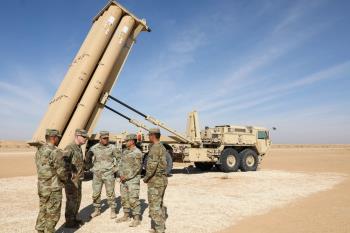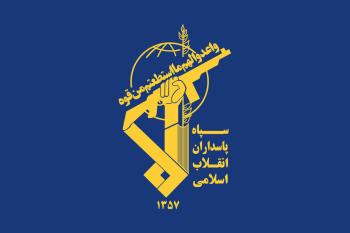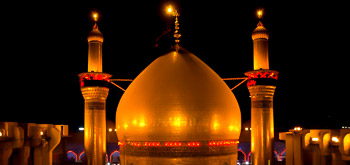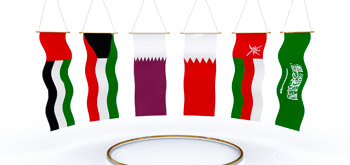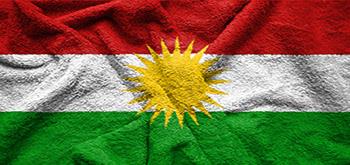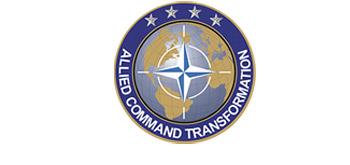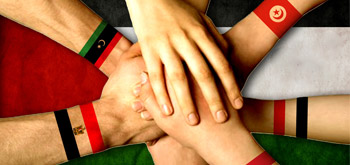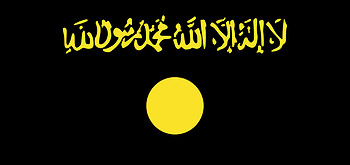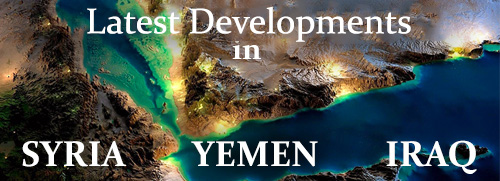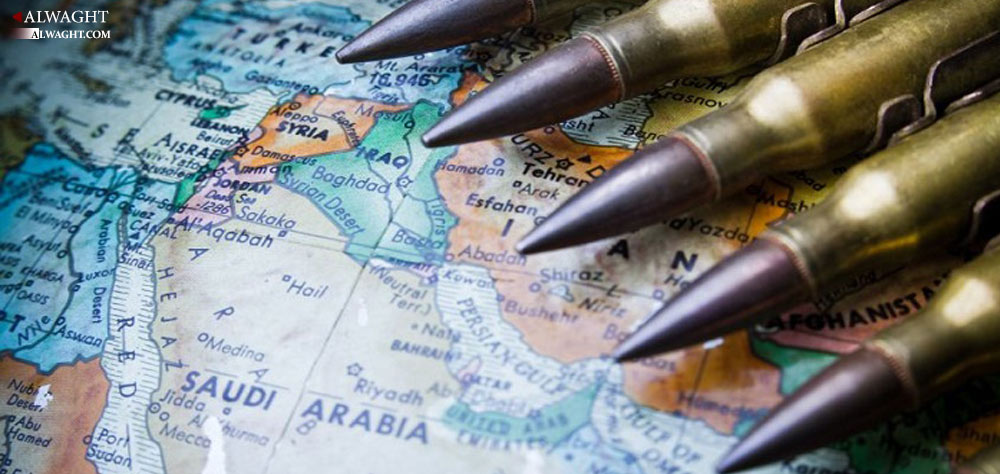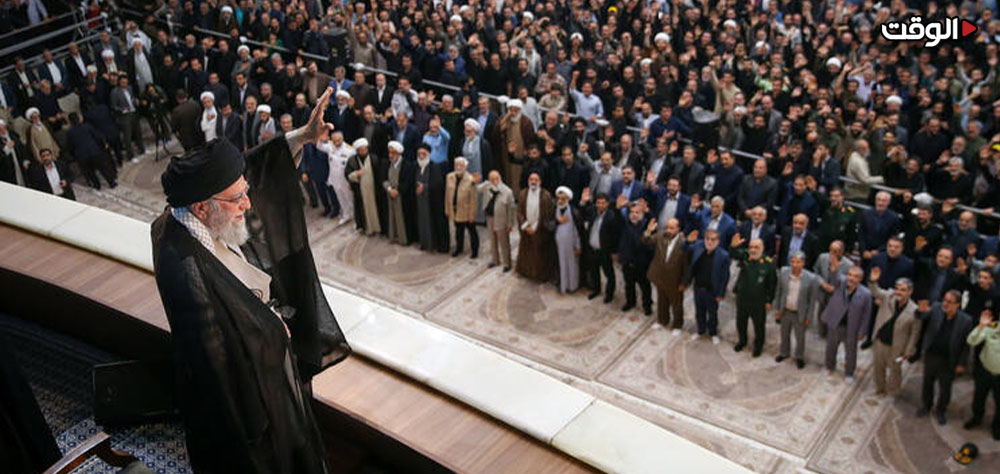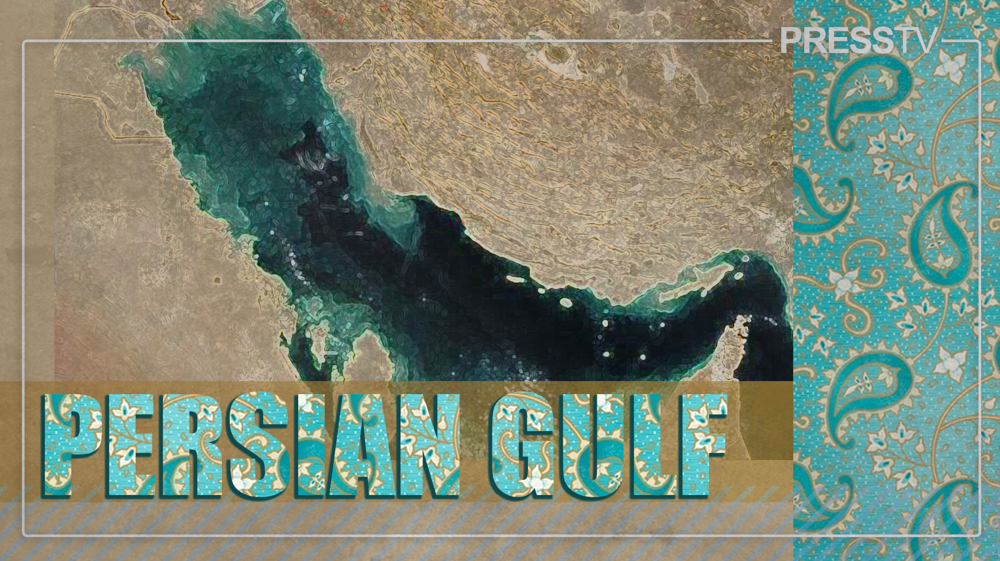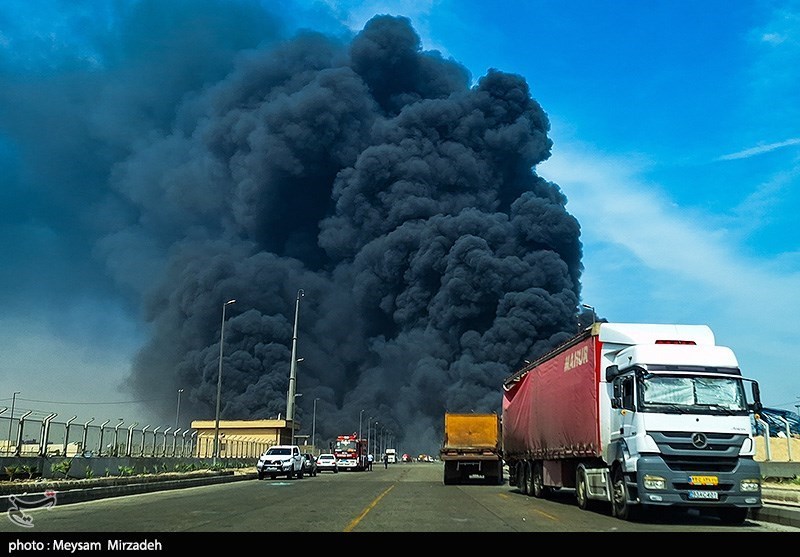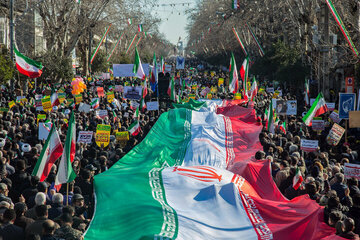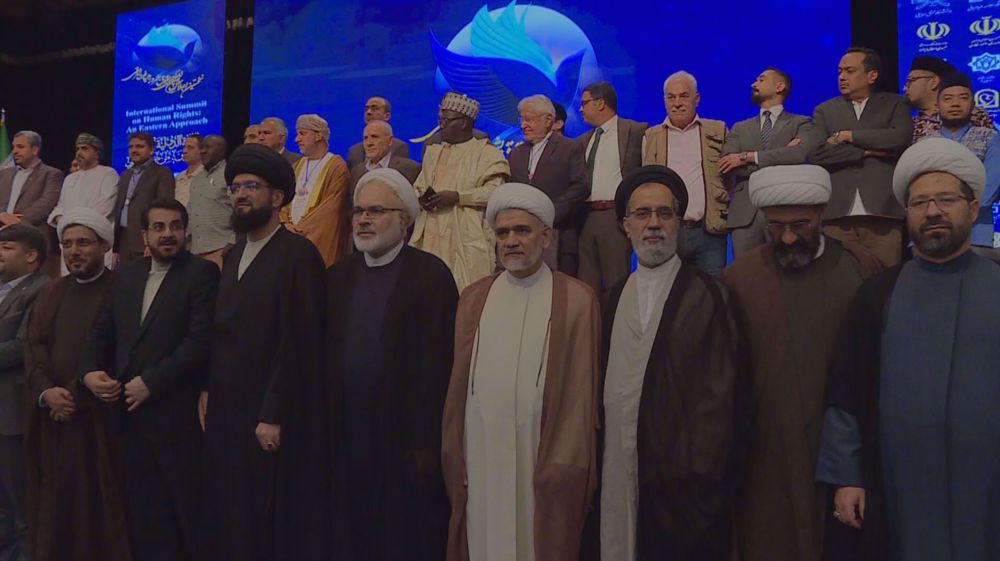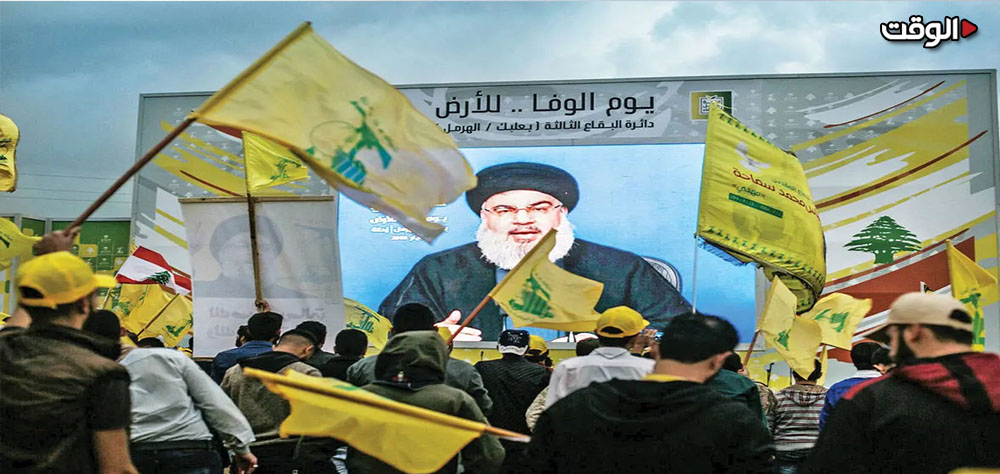Alwaght- An investigation of the current global as well as future conditions leads to conclusion that the already destabilizing factors that fueled the past years' global conflicts and crises are still standing. This, in turn, means that it is likely to see even expanded negative and destabilizing developments on the global stage in general and the West Asia region in particular, something that can kill any prospect of peace at least in the short run.
This is majorly because of the existence of two concomitant processes in West Asia and the world. One is an outcome of ongoing crises in the region and the other is a result of mounting tensions between global powers such as the US and Russia which indirectly inflame the crisis in West Asia.
At the regional levels, the developments that swept through the Arab world in 2011 are likely to continue for a long time as they display no signs of improvement of the situation. This process's most noticeable consequence is impairment of the Arab countries. This will lead to their inefficiency and even collapse. Top effected countries include Libya, Syria, Iraq, and a couple of others. They are, in fact, grappling with an array of internal and foreign threats, all plaguing their stability and security.
Essential demographic, economic, and social troubles like water resources shortage, sagging energy prices, high unemployment rates, and frustration among the young generations prevent fresh rise of the Arab world once it successfully gets rid of this lengthy crisis.
Amid these volatile conditions, the experts expect the domestic war in these countries will continue and be fueled by internal and foreign actors. This in its place poses negative impacts to the other countries' stability in the region and even in Europe which has to deal with influxes of refugees fleeing the fierce fighting.
Meanwhile, the Saudi Arabian intervention has been key to the inflamed regional crisis, particularly after King Salman ascended to throne in early 2015. Forging baseless pretexts, the new Saudi leadership has been unprecedentedly seeking to lead a Sunni mobilization and alliance against Iran. Since the eruption of the Syrian crisis, Saudi Arab has been bolstering the anti-Damascus opposition as well as opponents of Iran-led Shiite axis in the region. Then it added direct military intervention to its aggressive actions, starting with Bahrain, where Saudi troops help Manama regime put down the peaceful opposition protests and reaching its climactic spot in war against the neighboring Yemen, where the revolutionaries and ordinary civilians are targets for the Saudi-led coalition’s fighter jets bombardment.
Riyadh's intervention in a series of regional conflicts not only involved the regional countries and movements but also caused direct engagement of the Western powers. A good example, cited by many analysts, is British Prime Minister’s recent trip to region to promote Iranophobic propaganda and reaffirm support for the Saudis' measures regionally.
At the international levels, big powers are themselves coming to blows while they are supposed to play an effective role in crisis settlement across the world thanks to their global position. While the American position in the region has proven being in an all-time low at the present time and there is no idea what Trump do next to improve it, Washington’s disputes with other powers have intensified.
While China is dreaming of getting a toehold in West Asia, conflicts with the US on various issues, particularly on the South China Sea, have hit a new level. The same also happened to the Russian-American relations over the past year, going close to military encounter over conflict in the allied countries like Syria and Ukraine. Whereas the US and Russia became involved in the West Asian conflict in the pursuit of the common goal of fighting against ISIS terrorist group and other takfirist militant groups, their other goals are on a collision course.
Other powers such as Germany, Britain, and France are also thinking about selling their arms to the wealthy Arab regimes than eying settlement for the regional crises. These arms, to everyone’s surprise, in many cases fall in the hands of the terrorists who cause real disasters in the battle against the nations.
At a time when West Asia is fully immersed in the complicated domestic crises and the global powers are taking on each other in the region’s court, the prospects of any possible solutions to the conflicts grow dimmer day by day. Moreover, the gaps between the governments and the nations have widened. As long as the global powers keep their eyes on the region’s energy resources and press the wealthy regional countries to make further arms purchases using their petrodollars on the one hand and the regional sides highlight sectarian and religious differences in ties with each other on the other hand, West Asia remains hit by major crises.

